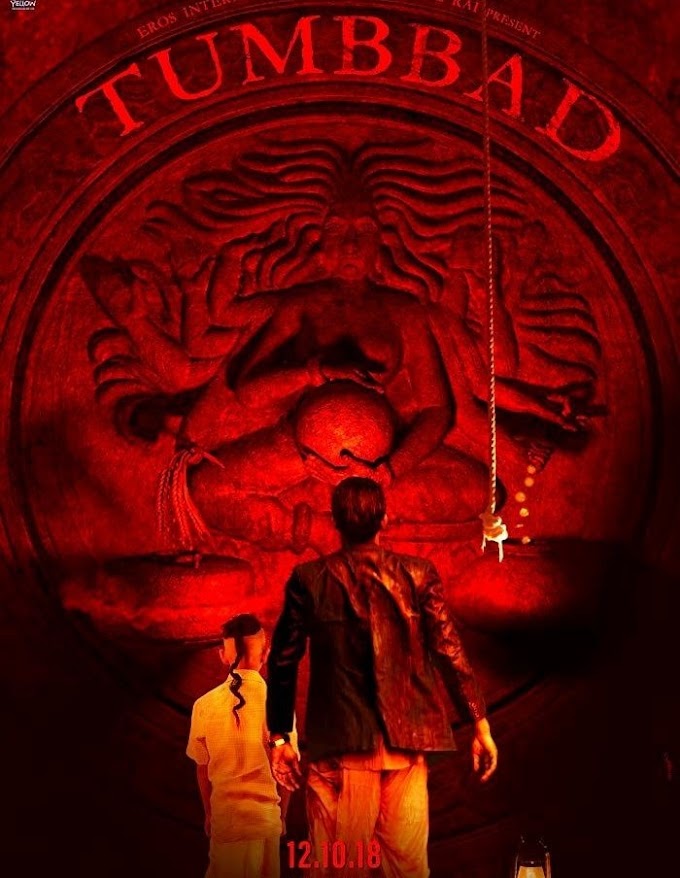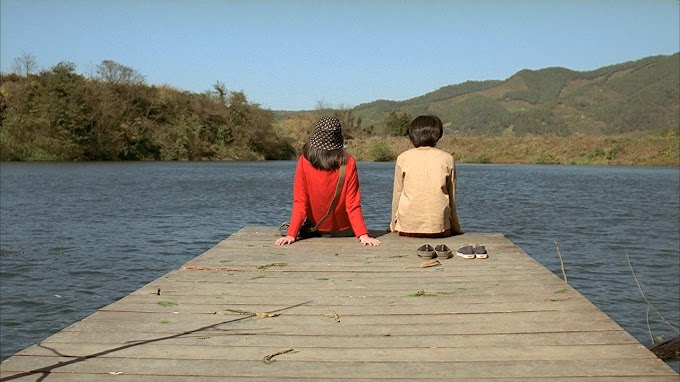"The bell is ringing for those who are lost…"
In the last scene,
Margareth, who has just abided convent falling in love with a squire, runs
towards the convent crying, to deliver a message of father Suryn to the mother superior
Joan. They meet each other, but nobody shared a word, only could cry for each
other, to each other. The last frame moves toward a big ringing bell, which is
used to ring so the lost people can be found, only this time it is not making
any sound. This is one of the many well-crafted, well-executed, well-performed
scenes of the humanistic, naturalistic, sublime, horror film 'Mother Joan of
the Angels', which has won the Special Jury Prize at the 1961 Cannes Film
Festivals. This is one of those films which just randomly stumble upon on my
way and bless my eccentric cinematic taste. I watched back to back two movies' Possession'
and this, having the same theme of demonic possession, and I like this one bit
more.
This minimalist
film has only a few settings, a convent, an inn, a stable, a rabbi's house, and
a funeral pyre where a priest was burned alive a few days ago. People's
isolated lives here can be seen through a desolated atmosphere around them, a
land with no plants, only white sky, and relentless wind. It opens with the chanting
of priest Suryn, who has called upon in the village for the convent nuns'
exorcism, especially of Mother Superior Joan, who is possessed by eight demons.
Every nun is possessed except the sister Malgorzata (later converted as
Margareth). She has her own demons to fight. But it is not as straightforward
as I narrated above. It has covered humanistic, psychological angles too. This
collective hysteria can be a trick of sister Joan to be always at the center,
getting attention, an attempt to be a saint.
This picture gallery
has painted in black and white colors, majestic, mesmeric cinematography plays
with light and shadow, and admirable directing reminds the excellence of Ingmar
Bergman. It has a series of great conversations between the two priests, father
Suryn and the nun Joan, between the rabbi and the priest (both roles played by
the actor Mieczyslaw Voit). These
conversations and dialogues exposed all kinds of demons dwell in the human mind
and heart. As mentioned above, it has well-presented scenes, but it gets its altitudes
in the scene of the exorcism of mother Joan in the convent. It is beautiful and
feels like a stage performance. The scene at the rabbi's home and the
conversation between the rabbi and the priest gives chills, especially when the
rabbi puts a nihilistic question: What if the world is not created by God but Satan?
Otherwise, why would it have so many evils? death, deceases, wars…
It covers themes like loss of faith, persecution, absolution, sexual liberation, which can be considered a brave attempt for its time. The movie is highly symbolical. Almost everything presented here in every frame has a value. The inn and the convent face each other from far away. They both show contradictory lives, peasants at inn enjoying music, and simple pleasures, while lives at the convent are tortured, prisoned in the name of ultimate devotion. The inn is small, dark, but pleasant. The covenant is big, lighted, but gloomy. It is defiantly against dogma but not in a blasphemy way. It balances faith and rationalism.
The movie ends at the
note that love is a cure for demons…that running away from them is not the
solution but acceptance of it. The end of the film reminds the movie 'The Exorcist.'
Both priests sacrifice their lives but in a different way. Also, it has
presented various women. A woman leads the convent, a woman leads a bar, and a
woman in-between these two places. I love the presentation of all of them. One extra
point to the director for this.
So, it is October, the time
of the pandemic. Stay for a while in the inn, and pray in the convent before you
get 'lost.' The bell is ringing.










0 Comments